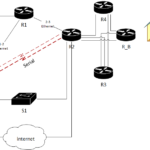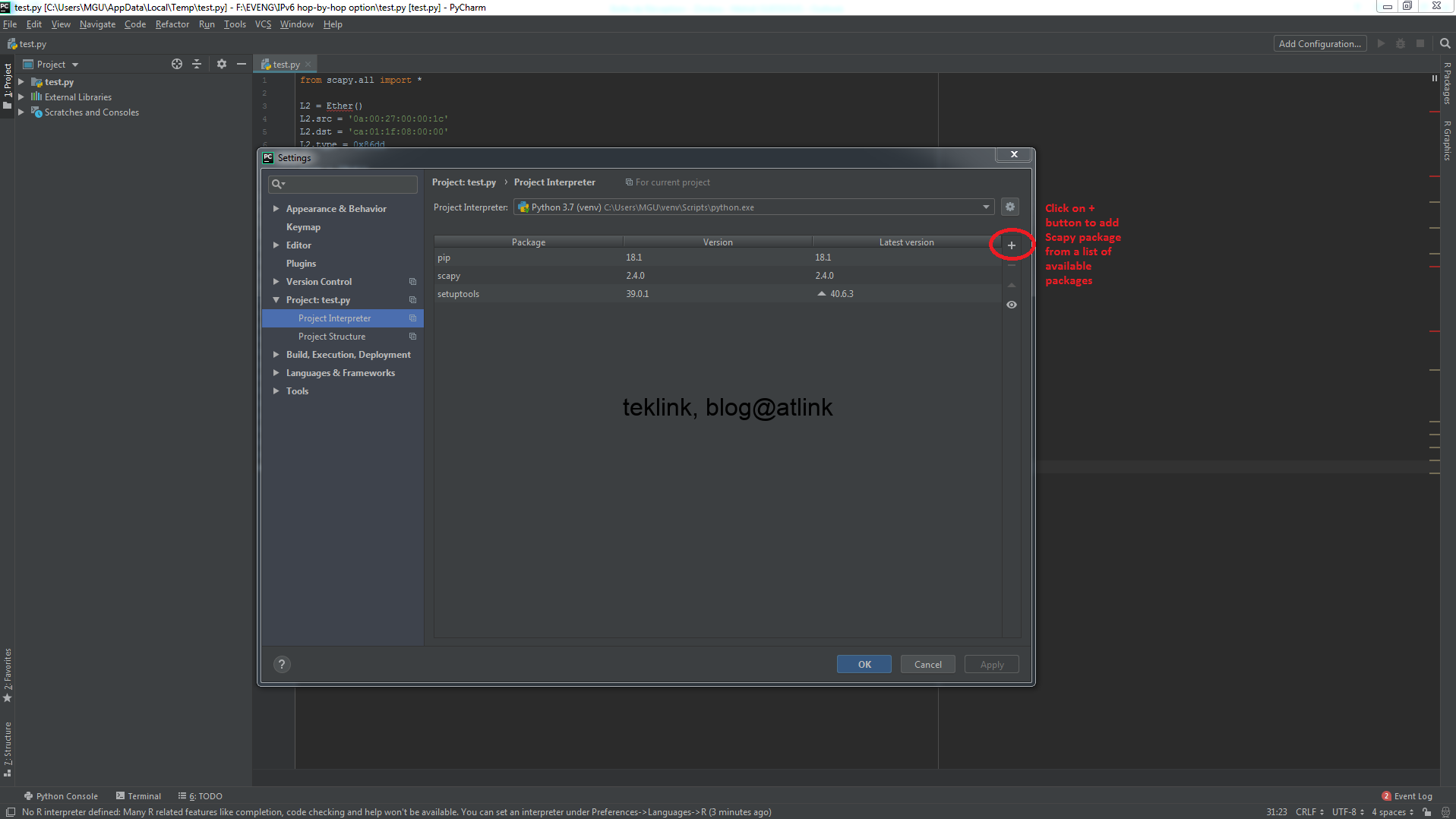In this post, we’ve checked also the operation of IPv6 dynamic configuration operation using show commands in Windows CLI, GUI and Wireshark, a packet capturing tool… we checked that IPv6 relies on ICMPv6 (that includes NDP, Ping, Traceroute, etc.) to accomplish a similar operation to ARP and DHCP in IPv4 networks.
We mentioned also that the operation of an IPv6 network does not interfere with the operation of an IPv4 network. Only servers or clients that support IPv6 could access to the this network: the other legacy users are logically isolated. We could imagine to have both networks operating in parallel or divide our global mixed network into two parts each in a specific protocol using address translation or equivalent to communicate in between (such in migration scenarios).
In addition to these features, no NAT (address translation) was needed, to allow my PC get access to internet, at all, as all the equipments have their own public IP addresses dynamically configured from the router advertised information… still we need to double check (in upcoming post about the same subject) that our network is not accessible from the outside, if this address information is known!




